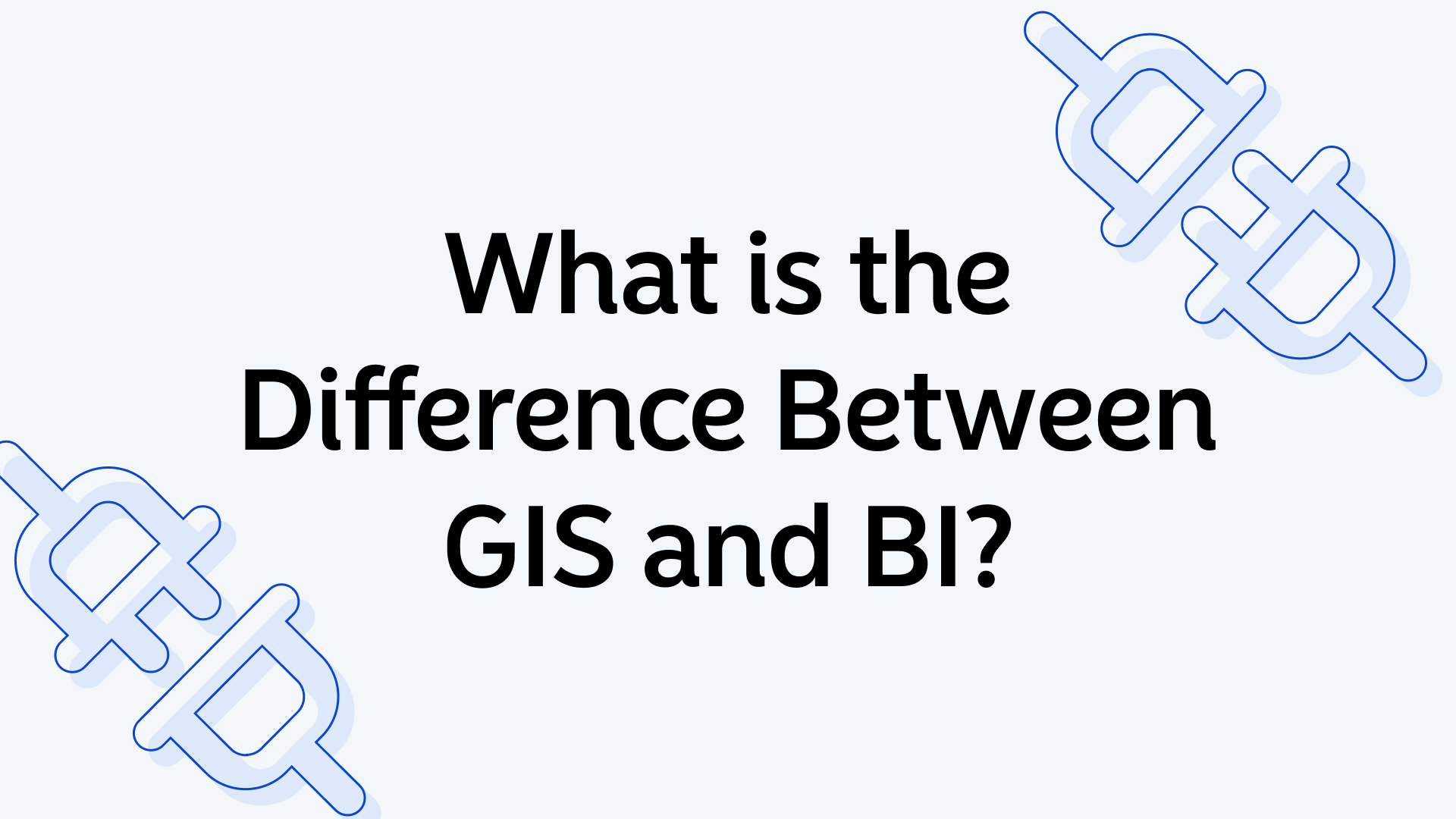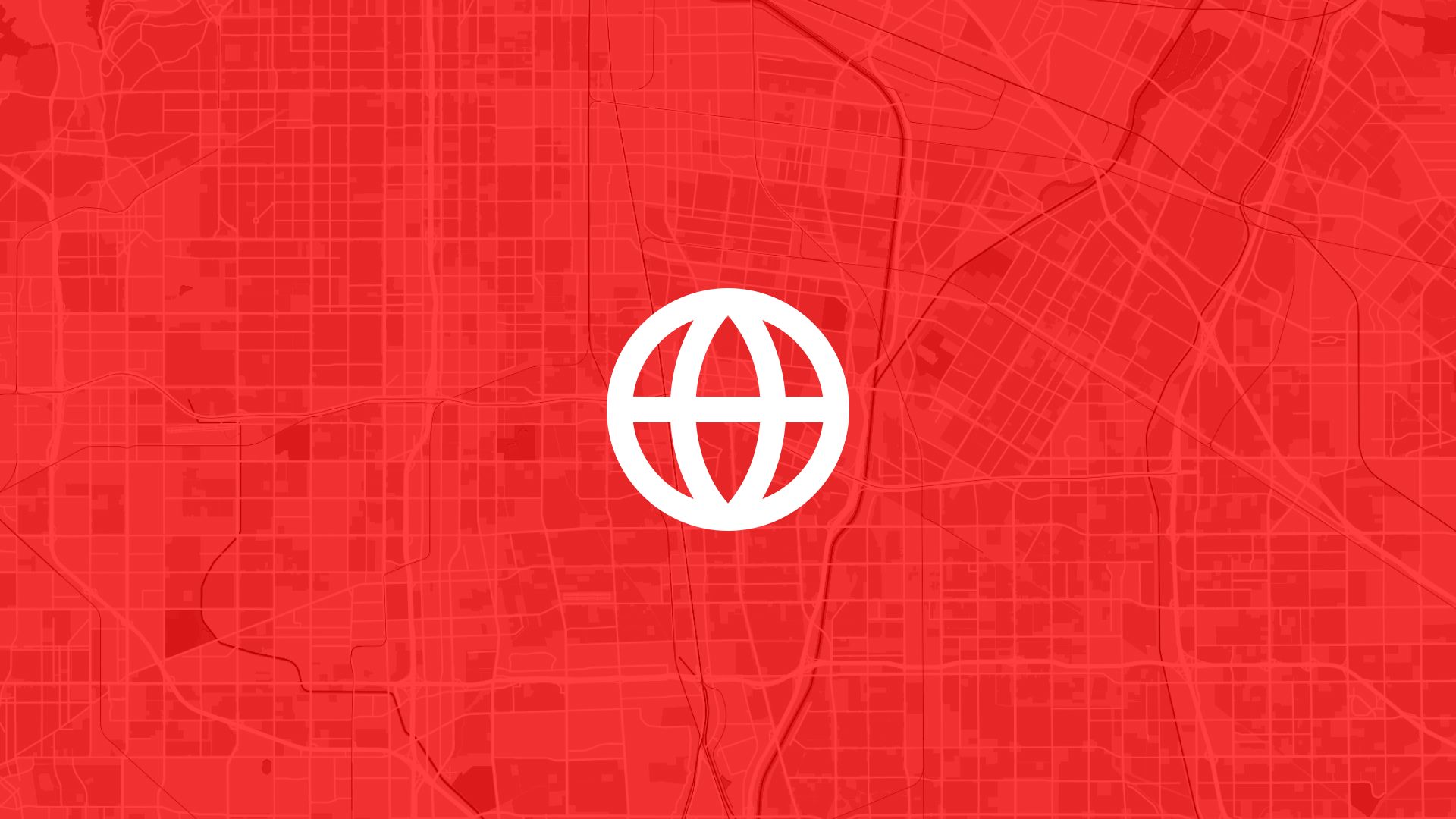Geographic Information Systems (GIS) and Business Intelligence (BI) are powerful tools for analyzing and interpreting data. Both play crucial roles in decision-making, but their focus and applications are distinct. Here’s a breakdown of their differences and how they complement each other.
What is GIS?
GIS is a technology used to visualize, analyze, and interpret spatial data. It combines geographical data (like location) with information to create maps, models, and insights about spatial relationships and patterns.
Key Features of GIS:
- Spatial Analysis: Understand spatial patterns, like population density or environmental impact.
- Mapping: Display complex datasets visually as maps, such as routes or resource locations.
- Applications: Environmental management, urban planning, transportation, disaster response, and more.
GIS answers "Where?" questions, such as:
- Where is the best location for a new retail store?
- Where are wildlife conservation efforts most needed?
- Where does disease outbreak cluster geographically?
What is BI?
Business Intelligence focuses on analyzing non-spatial data to support business operations and strategy. BI tools provide dashboards, reports, and visualizations that help organizations track performance and make data-driven decisions.
Key Features of BI:
- Data Aggregation: Combine data from various sources like sales, marketing, and operations.
- Visualization: Use charts, graphs, and dashboards to interpret trends and patterns.
- Applications: Financial forecasting, customer behavior analysis, supply chain management, and more.
BI answers "What?" and "Why?" questions, such as:
- What are the sales trends over the past quarter?
- Why are certain products underperforming?
- What is the customer churn rate?
Comparing GIS and BI
| Feature | GIS | BI |
|---|---|---|
| Focus | Spatial data and relationships | Business metrics and trends |
| Visualization | Maps, geospatial visualizations | Charts, dashboards, tables |
| Analysis | Spatial analysis, routing | Predictive modeling, KPI tracking |
| Key Question | "Where?" | "What?" and "Why?" |
| Common Data | Geographical coordinates, layers | Sales figures, KPIs, customer data |
GIS specializes in geographic and spatial relationships, making it ideal for location-based insights. BI focuses on business performance, helping organizations understand operational and financial data.
How GIS and BI Work Together
GIS and BI are complementary rather than competing technologies. Together, they provide a holistic view of data.
Examples of Integration:
-
Retail Site Selection:
- GIS analyzes population density, traffic patterns, and competitor locations.
- BI evaluates sales forecasts and revenue potential.
-
Logistics and Supply Chain:
- GIS optimizes delivery routes and warehouse locations.
- BI tracks inventory levels and supply chain efficiency.
-
Public Health:
- GIS maps disease outbreaks and resource allocation.
- BI analyzes healthcare facility performance and patient trends.
-
Disaster Response:
- GIS identifies affected regions and infrastructure.
- BI tracks resource deployment and cost management.
Tools and Technologies
GIS Tools:
- Atlas: Browser-based GIS for map creation and collaboration.
- ArcGIS: Comprehensive geospatial analysis.
- QGIS: Open-source GIS software.
BI Tools:
- Tableau: Visualize and analyze data trends.
- Power BI: Create interactive dashboards and reports.
- Looker: Explore and share business insights.
Both sets of tools integrate with external systems, enabling seamless sharing of insights.
Choosing the Right Tool
Use GIS when:
- Your data has a geographic or spatial element.
- You need insights about locations, routes, or spatial patterns.
Use BI when:
- Your data focuses on business metrics and performance.
- You want to track KPIs or perform trend analysis.
GIS and BI each bring unique strengths to data analysis. GIS excels in understanding spatial relationships, while BI drives business performance insights. Combining both provides a comprehensive approach to solving complex problems and making informed decisions.
Ready to explore the power of GIS for your projects? Log in to Atlas to create interactive maps and gain deeper insights today!





